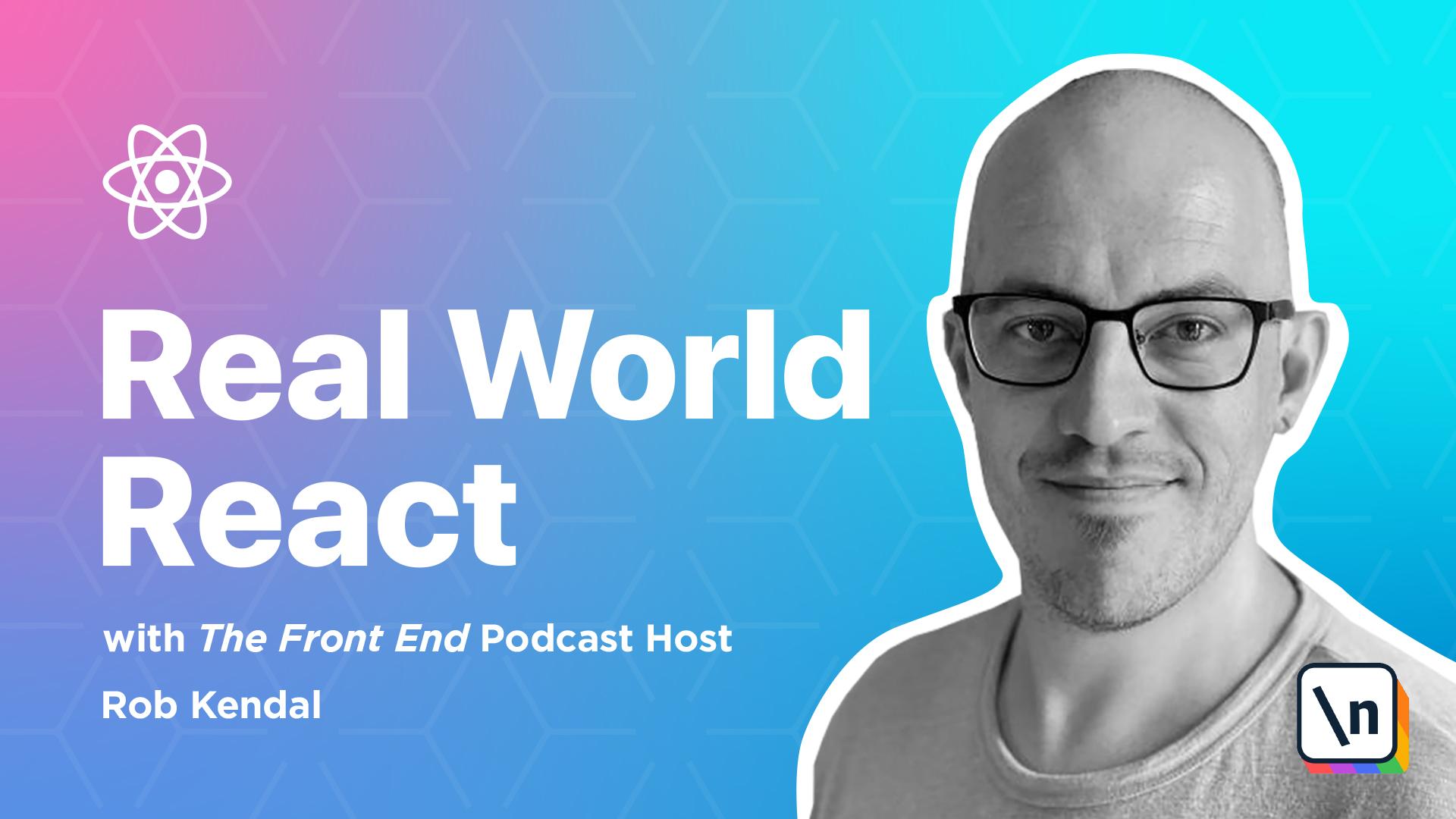Conventions used and helpful links
In this lesson we'll take a look at some of the conventions we'll be using throughout the course, including the type of code styles we'll employ, and code editing programs.
This lesson preview is part of the Beginner's Guide to Real World React course and can be unlocked immediately with a \newline Pro subscription or a single-time purchase. Already have access to this course? Log in here.
Get unlimited access to Beginner's Guide to Real World React, plus 90+ \newline books, guides and courses with the \newline Pro subscription.

[00:00 - 01:11] Conventions and helpful links. Whilst this course is ideal for React beginners, we're going to assume that you're familiar with the fundamentals of front-end development, namely JavaScript, CSS and HTML, as well as setting up basic projects for development. We're going to be using a few other conventions and approaches during this course, especially in regards to the practical portions. Those conventions will include, building our examples and apps using modern ES6-flavored JavaScript. For React, we'll be making liberal use of best practices such as employee hooks where necessary, and developing using functional components over the traditional class-based ones. But don't worry, this is explained in the early modules of the course. We're going to be using VS Code for our code editor, Beablejs for transpiling our code. We'll be using Create React app as a starter project for our practical examples where appropriate. We're preferring yarn over NPM to install dependencies and run our examples, and we're applying styles and HTML elements from the Bulma CSS framework. Editing code, as mentioned, we'll be using VS Code exclusively throughout this course, but if you want to use an alternative, the examples will work just fine. Some popular code editors include Atom IDE from GitHub, Sublime Text and WebStorm.
[01:12 - 01:46] Other useful links. To follow on from the list of conventions we've discussed, you'll find it useful to take a look at some of these services, platforms and frameworks we'll be using throughout this course. Netlify, a hosting platform for building and deploying static sites and applications, Bulma CSS, a lightweight CSS framework for building rapid UI prototypes, the React JS official documentation, which is the official documentation of the React library from Facebook themselves, Create React app, a great starter project for rapid React development, and VS Code, a free code editor or integrated development environment or IDE from Microsoft.